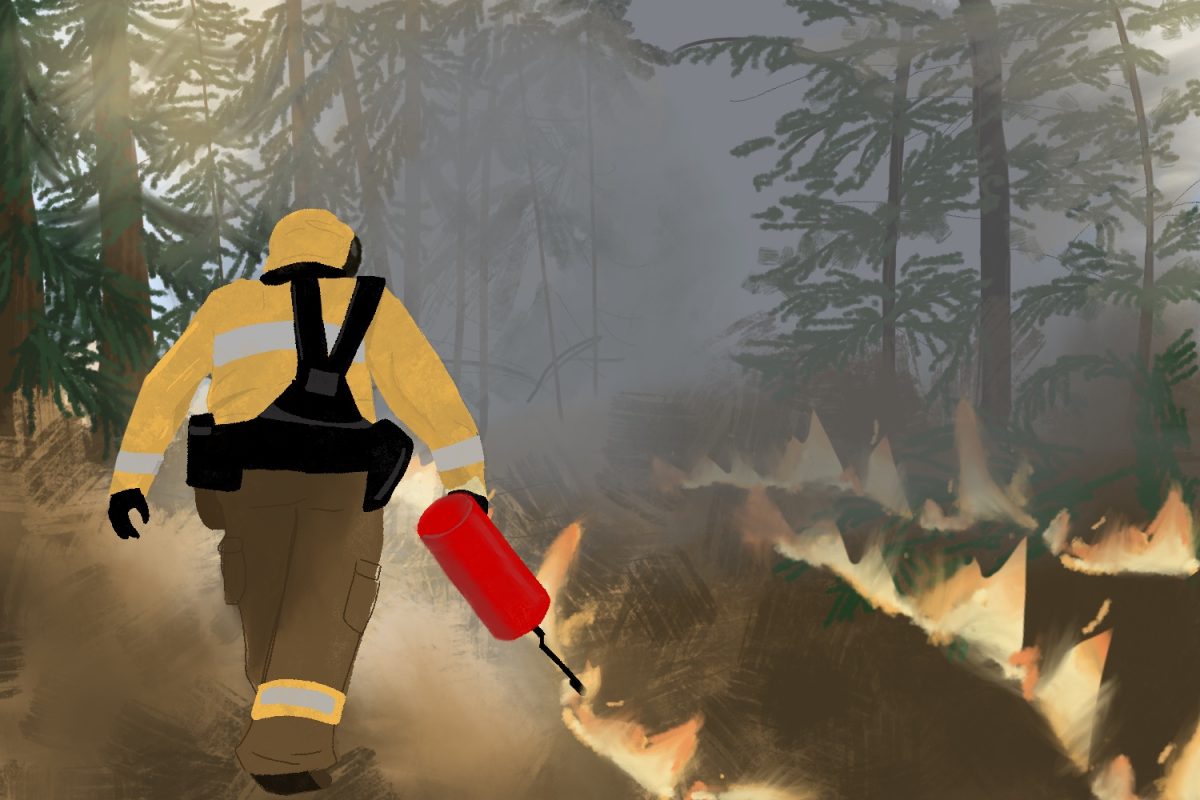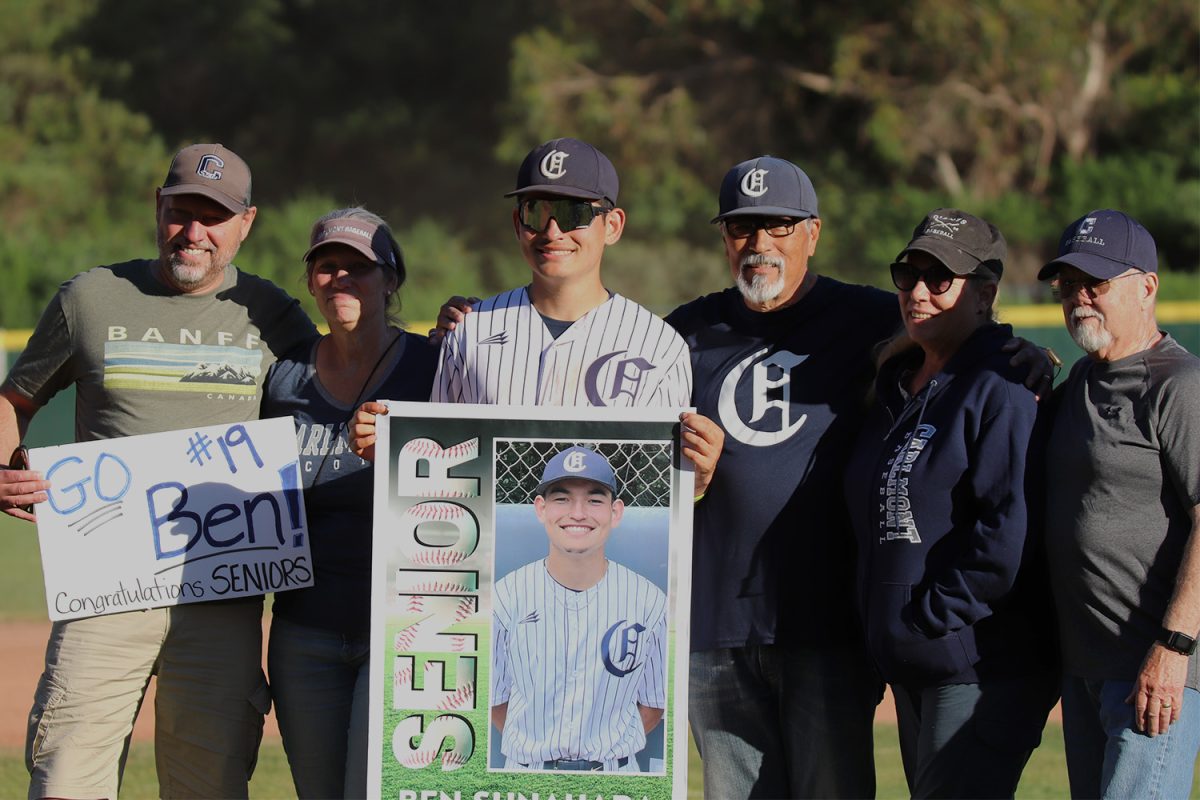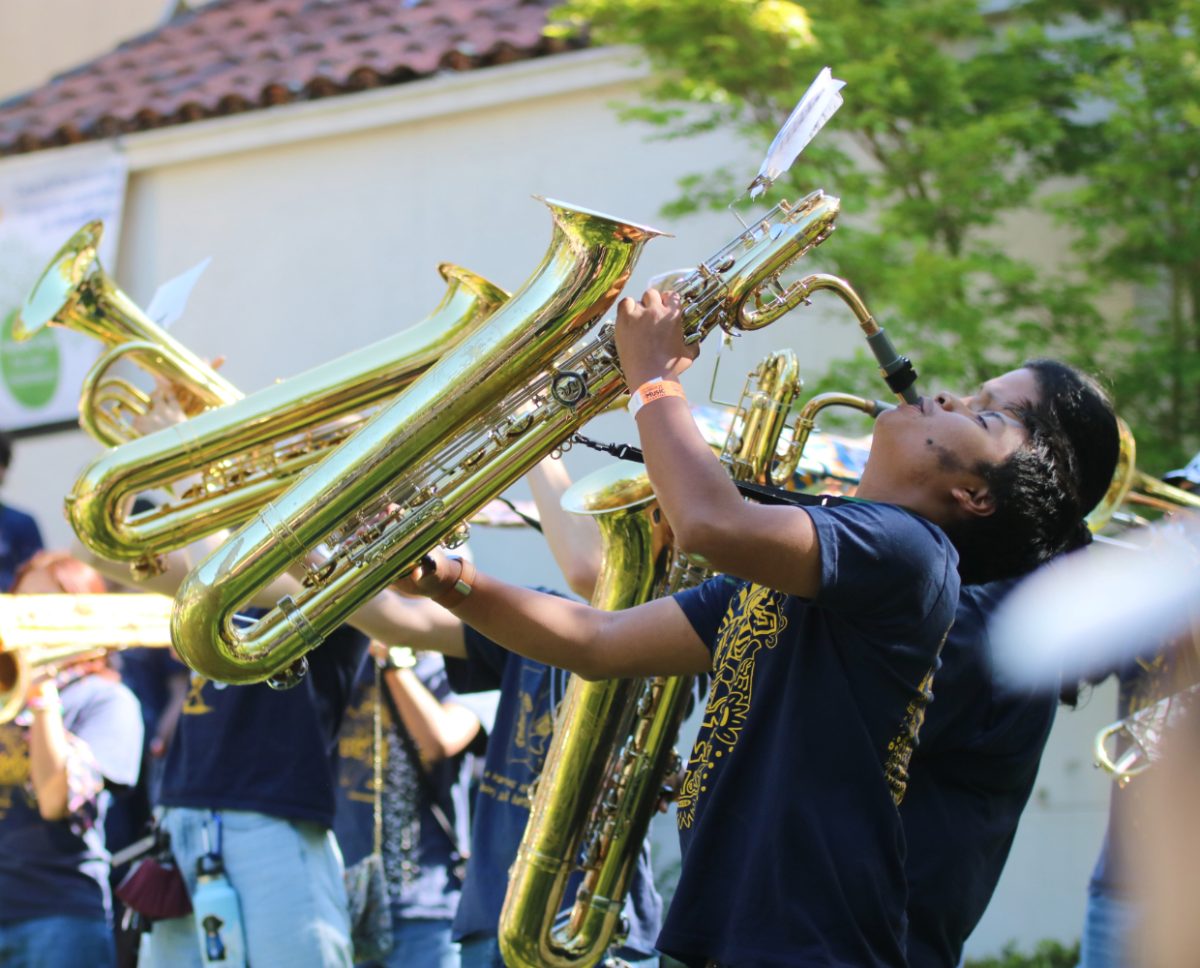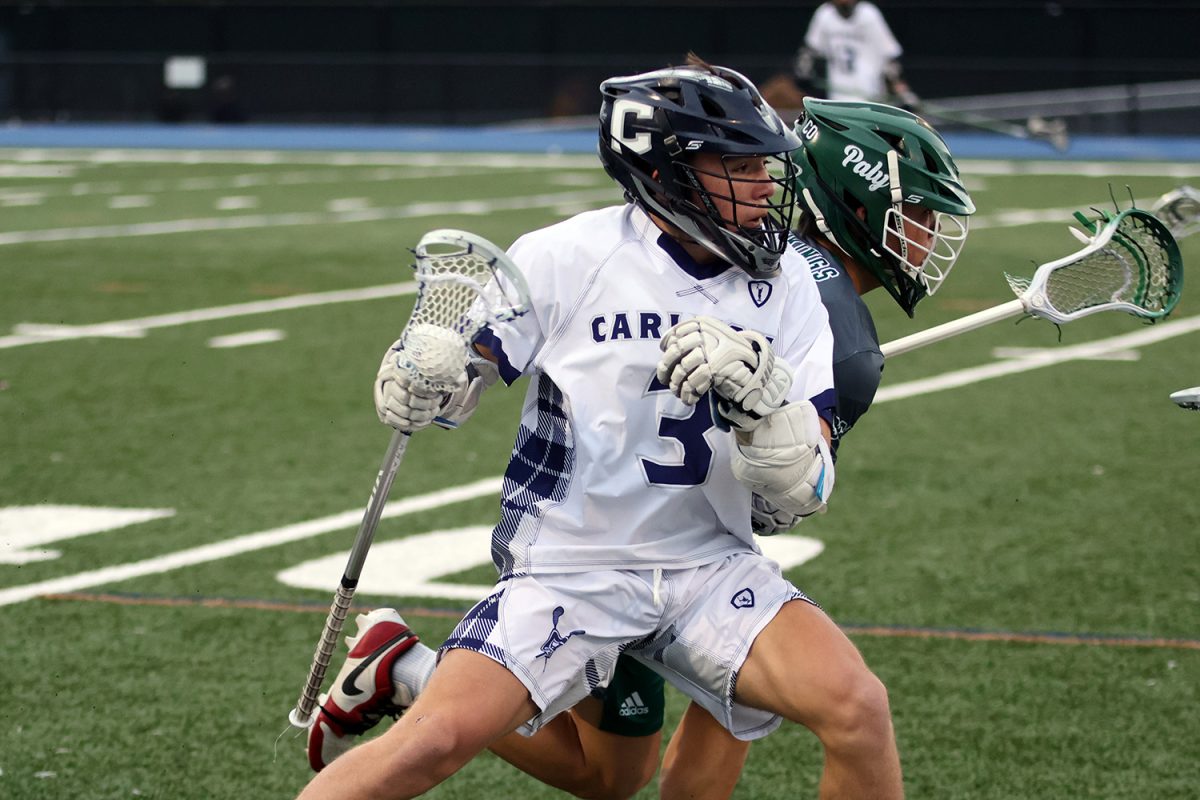Concerns over the heightening wildfire crisis in California have prompted government action and the official implementation of prescribed burns, however, the climate crisis is threatening the execution of this essential service.
Controlled fires, also known as prescribed burns, are deliberate burnings of certain areas of vegetation to prevent wildfires, provide habitat for endangered species, recycle nutrients in the soil, and promote the growth of native plants, among other benefits. Prescribed burns have been implemented for thousands of years in the United States—beginning with the cultural burning by Indigenous peoples to clear areas for crops and hunt game.
State agencies such as the California Department of Forestry and Fire Protection (Cal Fire) are responsible for maintaining forests, protecting resources from fire on land, and carrying out prescribed burns when needed.
However, this planned application of fire to land can only be carried out under certain weather conditions.
“We don’t have burns during the summertime or in the declared fire season when the weather is dry. When we can have prescribed burns has to do with the weather and the fuel—grass or brush—moistures. It’s not always by calendar, but generally speaking, from fall through late spring, these burns can occur,” said Gregg Bratcher, the deputy chief of prescribed fire and environmental protection at the Cal Fire.
While human-caused climate change continues to worsen and impact lives, prescribed burns, although releasing smoke into the air, release substantially less carbon dioxide than wildfires of similar size.
Yet, according to a recent study by the University of California Los Angeles (UCLA), the conditions that provide the window for safely burning areas are threatened by climate change.
The study predicts that by 2060, the number of RxDays, or days favorable for prescribed fire, will significantly decrease by around 10 days per year across the West Coast. Projected decreases are most significant in the Pacific Southwest—reaching 16.6 fewer days yearly.
Such weather changes have already impacted Cal Fire’s ability to burn.
“This year was an anomaly. We had a very wet season that lasted well into June. These wet seasons need a drying period with sunshine to dry out the fuels, so we may have fewer days to burn, as we have this year,” Bratcher said.
In response to the increasingly restrictive conditions of prescribed burning, Bratcher suggests an increase in mechanical treatment to address the same areas when burns are not an option.
Currently, mechanical treatment options are used to clear out fuel near houses, schools, or other areas of human activity.
“When we mechanically treat projects with chainsaws, masticators, and shippers, we’re mimicking what live fire would have done. We’re pruning trees up higher, getting rid of brush underneath the drip lines of the trees and the dead material in the brush components, and trying to create a mosaic with the burn,” Bratcher said.
However, mechanical options tend to take longer.
“There’s no rule of thumb for how many acres we can burn a day. If we have a very receptive fuel bed and everything’s lined up, we can get 100 to more than 1,000 acres in a day. That’s not the same with mechanical treatment. Hand groups get an acre and a half to three acres depending on the fuels completed in a day, and you need personnel or contractors to get the work done,” Bratcher said.
Despite being a more convenient option for larger fuel loads, carrying out prescribed burns isn’t without its difficulties. Cal Fire also has a variety of precautions to avoid losing control of the fires and damaging nearby areas.
“We have to look at the fuel loading on site. If it’s really loaded, and we’re going to put control lines out of there, we have to do the prep work so we don’t just torch out all the trees. Otherwise, fire from grass and brush get into trees,” Bratcher said.
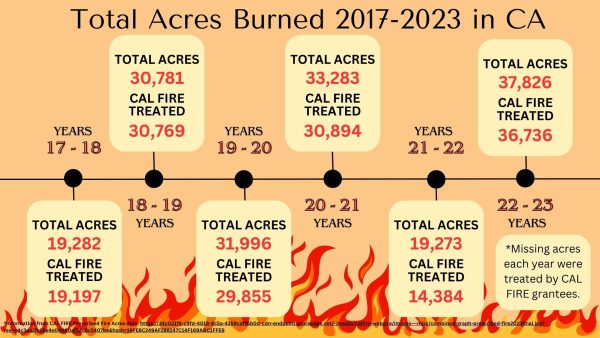
Other limiting factors concern air quality.
According to Bratcher, if it is a bad day to burn because of atmospheric conditions, the Bay Area Air Quality Management District may not approve a burn that day because there won’t be a lift on the smoke to get it up and out of the populated areas.
“We would love to do areas that are going to be the easiest to burn, but we’re never going to be able to manage the produced smoke without having an impact. Instead, we treat the areas that are adjacent and then do a prescribed fire somewhere else where we know we can have success with our smoke management plan,” Bratcher said.
Successful burns tend to have more heat buildup under proper atmospheric conditions, allowing the smoke to lift and dissipate at higher elevations.
In the case of ember cast, where embers from the fire cross the perimeter of the controlled burn, Bratcher and his team have to stop burning operations and enter suppression mode immediately.
“We still have fire burning that needs to be managed, so we have holding crews and contingency groups available. During suppression, we stop putting live fire on the ground and often have helicopters capable of dropping water on call. We get it taken care of,” Bratcher said.
But prescribed burns are still vital to preserving California’s environment.
“In California, most of our natural fauna love fire. They need fire to adapt. By implementing prescribed burns, we’re using the tool that the plants already need to grow correctly and stay healthy,” Bratcher said.
As such, a prescribed burn was done recently by Cal Fire near the Crystal Springs Reservoir.
“There’s a trail in that location where a lot of people stop to smoke cigarettes and light fireworks. We’ve had fires in that area in the past, so we identified it as an area good for fuel reduction,” said Sarah Collamer, a vegetation management forester at Cal Fire.
Collamer oversees all the fuel reduction and prescribed burnings in San Mateo County and oversaw the fire at Crystal Springs.
According to Collamer, the silver lupine—an evergreen bush that benefits from prescribed burns—grows within that area.
“Silver lupine is a host plant for the mission blue butterfly, which is federally endangered and disappearing due to lack of housing. The goal of the fire was to burn additional acres adjacent to where there’s an established lupine population to provide more habitat for the plant and get more butterflies,” Collamer said.
In addition to clearing areas for important plants to thrive, the ecosystem’s health is ensured as areas that have been burned always grow back.
“Our climate is so productive. Prescribed burns almost grow back too quickly, so it’s on the landowner to make sure that they’re reducing the amount of invasive species that might come in the area,” Collamer said.
Other than irreparable damage to a burned area, another concern of the public regarding prescribed fires includes the issue of erosion after a burn. However, according to Collamer, such concerns are not issues.
“We don’t have huge mudslides. Last year, even with record-breaking rainfall, the areas that we burned did not fly off the hill. Rain actually penetrated the ground and filled streams and creeks. You won’t see erosion issues if you burn properly and take the time to do follow-up care,” Collamer said.
Despite only serving as a forester for nine years, Collamer has already seen significant success with wildfire prevention.
The wildfire was a crown fire that was burning from tree to tree, but when it hit the area of the burn, the fire dropped to the ground and was much more moderate.
— Sarah Collamer
“During the 2020 San Mateo-Santa Cruz Unit (CZU) Lightning Complex, when we had an intense fire, there was an area on Empire Grade that we had burned. The wildfire was a crown fire that was burning from tree to tree, but when it hit the area of the burn, the fire dropped to the ground and was much more moderate. That was very encouraging,” Collamer said.
In San Mateo County, other services for fire protection are provided by the San Mateo Consolidated Fire Department (SMCFD).
“SMCFD provides mutual aid to combat major wildfires in the state and in our jurisdictions, including Belmont, Foster City, and San Mateo. We also connect displaced residents with agencies such as the Red Cross to provide care after a major wildfire,” said Eric Mackintosh, battalion chief of administration at SMCFD.
While SMCFD is not directly involved with Cal Fire in implementing controlled fires, the department will help Cal Fire with burns if needed. Moreover, Mackintosh recognizes the necessity of wildfire prevention tactics such as prescribed burns as the threat of wildfires looms greater.
“Wildfire has always been a risk. However, as more people build homes in wildland interfaces, the risk of loss of life and property increases even as technology provides the fire department with valuable information about weather, humidity levels, and mapping,” Mackintosh said.
To improve fire prevention measures, SMCFD has required some homes to remove fuels, construction to be fire resistant, and roads to be accessible, among other steps.
But as the wildfire crisis continues in California, the option of prescribed burns will remain a principal method of combat.
“The entire ecosystem of California is designed to burn. If we return fire to the landscape in healthy amounts, we’re going to have a much better time reducing huge, uncontrolled wildfires,” Collamer said.


